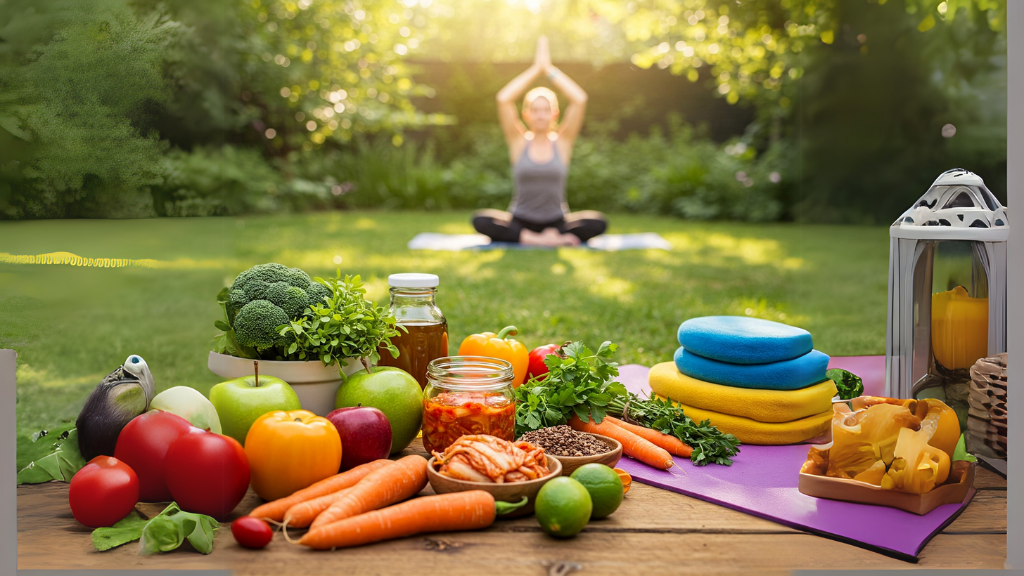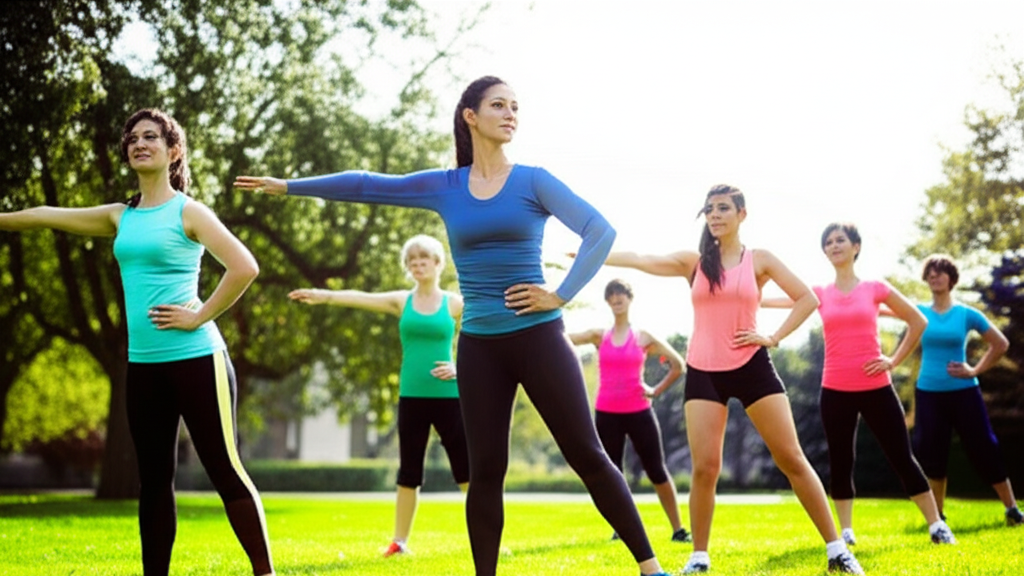Let’s be honest—many people don’t enjoy exercise. Whether it’s running, weightlifting, or group classes, certain workouts can feel more like punishment than self-care. But regular physical activity is essential for a healthy body and mind. So, what if the secret to staying fit isn’t about forcing yourself into the latest workout trend—but about finding joy in movement?
In this guide, you’ll discover science-backed, practical ways to enjoy exercises you currently dislike, and how to build a fitness routine that feels good mentally and physically.
Why You Might Dislike Exercise
Disliking exercise doesn’t make you lazy. There are several valid reasons why people avoid working out:
- Negative past experiences, like being picked last in gym class or experiencing physical pain
- Monotony, doing the same routine every day without variety
- Lack of progress, leading to discouragement
- Mental blocks, such as anxiety about the gym environment or fear of failure
- Busy schedules, where working out feels like a chore
The good news is that you can transform your relationship with exercise by understanding your preferences and shifting your mindset.
Reframe Exercise as Self-Care
Rather than viewing workouts as something you “have to” do, start seeing them as something you “get to” do. Exercise is not punishment for what you ate—it’s an investment in your strength, energy, and emotional well-being.
Think of movement as a form of holistic beauty: it improves posture, skin health, confidence, and mental clarity. Many glowing skin secrets are rooted in good circulation and reduced stress, which fitness naturally supports.
- Choose Movement You Actually Enjoy
Forget what Instagram says about what counts as a “real workout.” Movement comes in many forms. You don’t have to run miles or lift heavy weights to be healthy.
Consider alternatives like:
- Dancing: A fun, high-energy cardio workout
- Swimming: Low-impact and relaxing
- Yoga or Pilates: Builds strength and flexibility gently
- Hiking or walking: Perfect for mental clarity and fat-burning
- Cycling: Great for joints and heart health
If you’re having fun, you’re far more likely to stay consistent. This also helps you boost mental health naturally, reducing the guilt and pressure around working out.
- Make It Social
Sometimes, exercise becomes more enjoyable when it’s shared. Try:
- Working out with a friend for accountability and laughter
- Joining a class where community and music add energy
- Signing up for a dance or martial arts group
When movement becomes a social activity, it can shift from being “exercise” to just another way to connect and unwind.
- Incorporate Exercise into Daily Tasks
You don’t need a full gym session every day. Instead, find creative ways to stay active during normal life:
- Take stairs instead of elevators
- Do 10-minute home workouts in the morning
- Dance while cleaning the house
- Stretch during work breaks
Over time, these small efforts build into consistent habits that support your long-term fitness goals.
- Create the Right Atmosphere
Your environment has a powerful impact on motivation. Make your workout space or routine more enjoyable by:
- Curating a fun playlist
- Wearing clothes you feel good in
- Exercising in natural light or outdoors
- Trying new routines regularly to avoid boredom
When your environment feels inviting, your body and mind will be more open to movement.
- Set Non-Weight-Related Goals
Many people fall into the trap of focusing only on weight loss. Instead, set goals based on performance and well-being:
- Running a certain distance
- Mastering a yoga pose
- Improving flexibility or posture
- Reducing stress levels
Tracking how your mood, skin, or energy improve is just as valid. For example, a consistent workout habit, combined with glow skin care and a daily skin care routine at home, can noticeably brighten your complexion and improve overall vitality.
- Reward Yourself—Without Guilt
Reward systems can make new habits stick. After a workout, give yourself a non-food reward:
- A relaxing bath with essential oils for anxiety relief
- 30 minutes of your favorite show
- Time with a skincare ritual using glowing skin products
- Journaling or reading in a cozy space
The more positive reinforcement you associate with exercise, the more you’ll look forward to it.
- Start Small and Be Consistent
If the idea of a 1-hour workout overwhelms you, start with just 5–10 minutes. The key to success is consistency, not perfection.
Short workouts are:
- Easier to stick with daily
- Less intimidating
- Still highly effective over time
Even a 10-minute walk can elevate your mood, burn calories, and support your cardiovascular health.
- Listen to Your Body
You don’t have to push through pain or exhaustion to get fit. On low-energy days, gentle movement like stretching, light yoga, or walking is enough. Rest and recovery are also crucial for muscle repair and mental clarity.
When to Seek Guidance
If exercise causes physical pain or mental distress, it’s wise to consult a professional:
- A certified trainer can help you with proper form and suitable workouts
- A therapist can assist in reframing body image or movement anxiety
- A doctor can rule out underlying health issues impacting your energy or joints
Remember, your health journey is unique—and support is available if needed.
Final Thoughts
Falling in love with exercise doesn’t happen overnight. But when you align movement with your personality, values, and lifestyle, it becomes something you want to do—not just something you’re told to do.
Start with small, joyful actions. Dance in your kitchen. Take a walk in the sunshine. Do stretches while watching your favorite show. Bit by bit, you’ll build a lifestyle where movement supports not just your physical body, but also your happiness and glow from the inside out.




